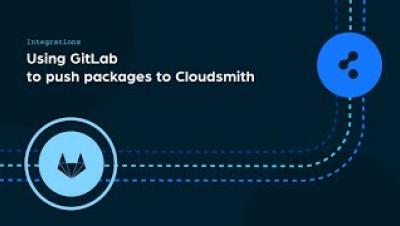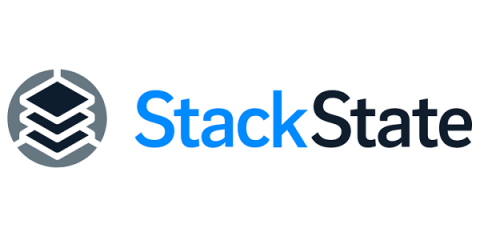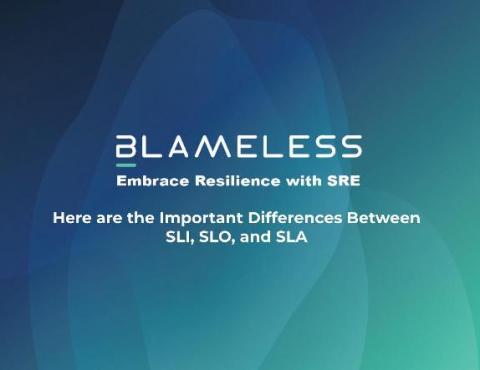Operations | Monitoring | ITSM | DevOps | Cloud
DevOps
The latest News and Information on DevOps, CI/CD, Automation and related technologies.
Using GitLab to push packages to Cloudsmith
Monitoring your own infrastructure with open-source Graphite and Grafana
An infrastructure, especially if it is scalable, can become extremely complex to visualize and observe. If something goes wrong, it would be difficult to fully understand the problem without a great data monitoring strategy. Information related to CPU, RAM, and statistics about SSH or HTTP servers are critical to understanding the performance of your web-application.
Designing a flexible non-SQl query language without reinventing the wheel
There are tons of query languages. Yet, another query language was invented: the StackState Query Language, or STQL for short. Perhaps this raises some questions. Such as: Why did we not choose to implement SQL? Did we reinvent the wheel? How did we balance the complexity of the language against the time to implement the language? What's the learning curve of this new language? Let me share with you our novel approach.
Why We Care About FIPS (And You Should Too)
We are very pleased to announce that we have received Federal Information Processing Standards (FIPS) Validation (CMVP Cert #3702) for the D2iQ Kubernetes Platform (DKP). With FIPS validation, U.S. public sector organizations can accelerate adoption of the D2iQ Kubernetes Platform to more quickly and securely build and deploy cloud native applications and services.
Kubernetes vs Docker
In an era where container technologies have taken the industry by storm, one of the most common online searches on the topic of containers is ‘Kubernetes vs Docker’. The relevance and accuracy of this comparison is questionable, as it is not really comparing apples to apples. In this blog post, we will attempt to clarify both terms, present their commonalities and differences, and help users better navigate the ever-growing container ecosystem.
What is HashiCorp Vault and how does it work?
As many organizations migrate to the public cloud, a major concern has been how to best secure data, preventing it from unauthorized access or exfiltration. Deploying a product like HashiCorp Vault gives you better control of your sensitive credentials and helps you meet cloud security standards.
A Service-Level What?
For any given service—be it provided by software (e.g., application, platform), hardware (e.g., infrastructure), or human (e.g, delivery, support, documentation)—there is a level of reliability required to achieve user satisfaction. While users, from end users of web or mobile applications to developers that use a platform, want to utilize a service's features, they care more about service reliability. After all, if the service is not working, they cannot make use of those features.











